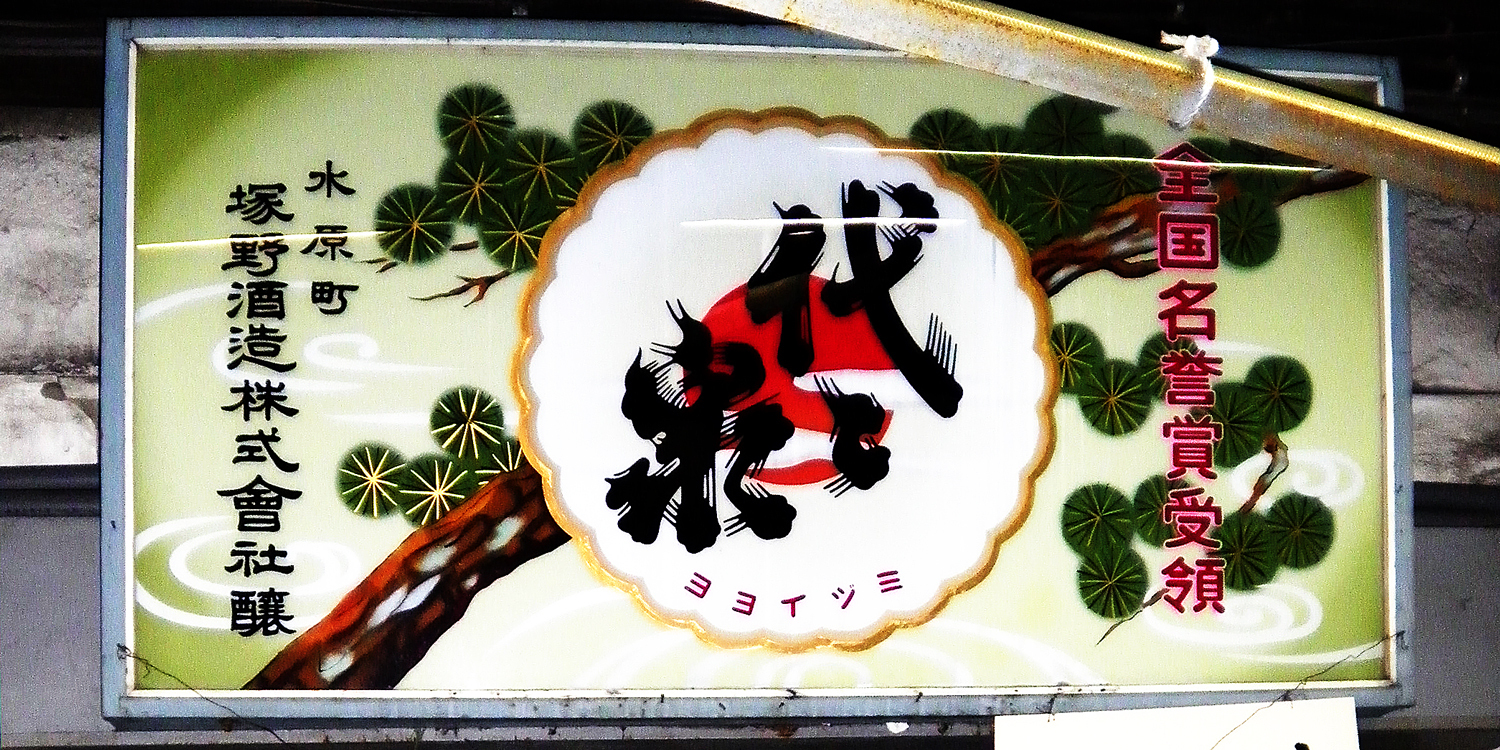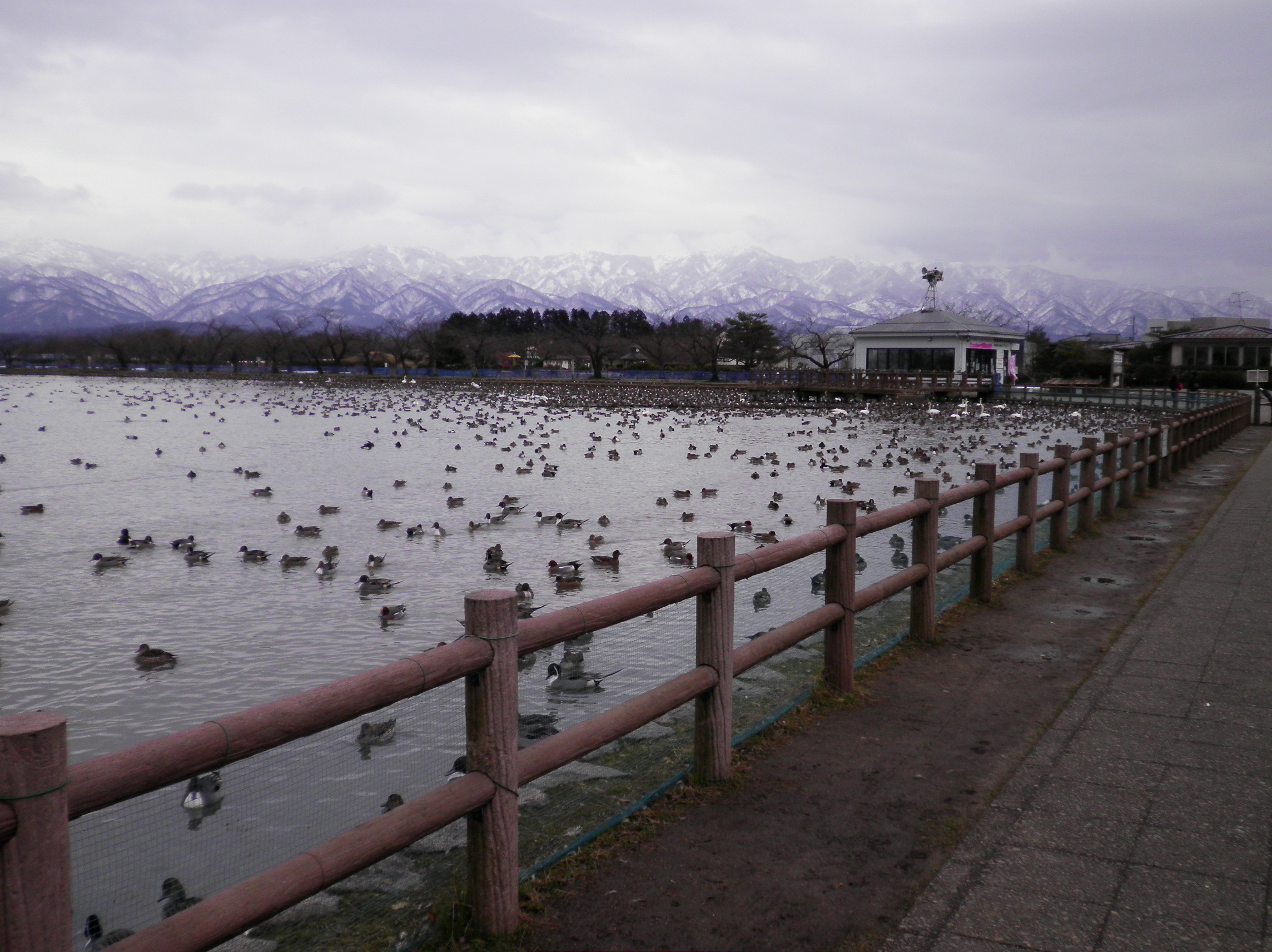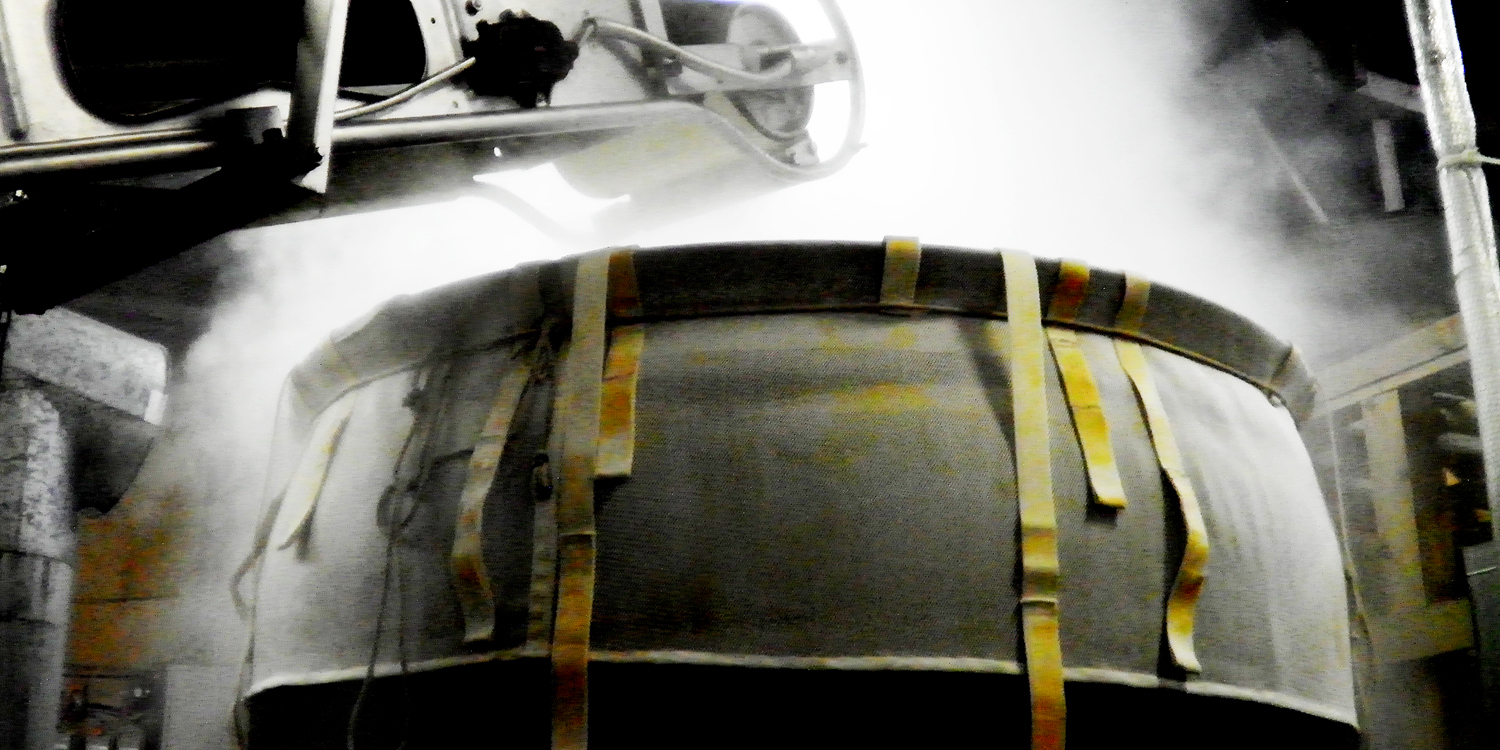Two breweries joined together as one
The Koshitsukano Sake Brewery was established in 1996 with the merging of the Tsukano Sake Brewery (formerly located in Suibara-cho) and the Koshi Sake Brewery (formerly located in Toyosaka-shi).
The Tsukano Brewery was founded in 1781 at the start of the Tenmei Era. It also operated under the name Kawachiya, which became noted in Niigata for making the sake brand Yoyoizumi.
The Koshi Brewery began production in 1987, making exclusively Junmai, Ginjo and Daiginjo sake. For 17 consecutive years it received prizes at the Kanto-Shinetsu Sake Awards and is known for its skill in producing the highest quality styles of sake.
The old Tsukano brewery building, located in Agano-shi’s Bunda district,is still used for sake production today.

Sake production that begins when the swans migrate
Near to the Koshitsukano Sake Brewery is Lake Hyoko, famous as the destination of migrating swans.
Every year, from October to November the swans gradually begin to arrive at the lake, and the lively spectacle of over 5,000 swans occupying the waters can be seen there until their departure in March.
At the same time as the swans arrive, a new brewing season begins.
The name “Hirai”, a word for the arrival of the migratory birds in Japanese, was chosen to represent the birds’ arrival and the beginning of sake brewing each year.

The terroir of Niigata-ken’s Agano-shi
Niigata-ken’s Agano-shi, where the brewery is located, is found near the center of the Echigo Plain. The Agano river flows to the south of this grain-producing region, and rice paddies spread out to the east with the Gozu mountain range in the background, reaching heights of 1,000 meters above sea level.
The area is famous for producing some of the best Koshihikari in Japan, as well as eggplant, Chinese yams, and edamame.
The Gozu range refers to a range of five peaks. Their graceful shape has long made them an object of religious worship – in the year 809 the Buddhist monk Kukai founded a temple in the mountains, and it is said that one of the Gozu hot springs was founded when water began to spring forth from the place where Kukai struck the ground with his staff.
The climate is typical of that found near the Sea of Japan, and the number of days with snowfall are high, however due to the strong winds blowing across the Agano river’s surface the level of snow accumulation is comparatively low.

Over 230 years of sake production
70% of the sake made by the Koshitsukano Sake Brewery belongs to the Junmai category.
All of the Gohyaku Mangoku and Koshiibuki used in their sake is sourced from Niigata Prefecture.
Over 230 years on from the brewery’s foundation, the rice is still steamed in a “kama” (a large cauldron) in the traditional way.
The brewery uses a proprietary yeast isolated on the brewery property known as “Tsukano Yeast” for their fermentations.
Lastly, the water is sourced from a spring that runs down from the Echigo Mountain Range to the Agano river.
With this, the three crucial ingredients for sake making, rice, water and yeast are all present, and the Junmai carefully made by a member of the Echigo Toji takes full advantage of these natural resources. They continue to make sake in a light, dry style that you will never tire of drinking.


